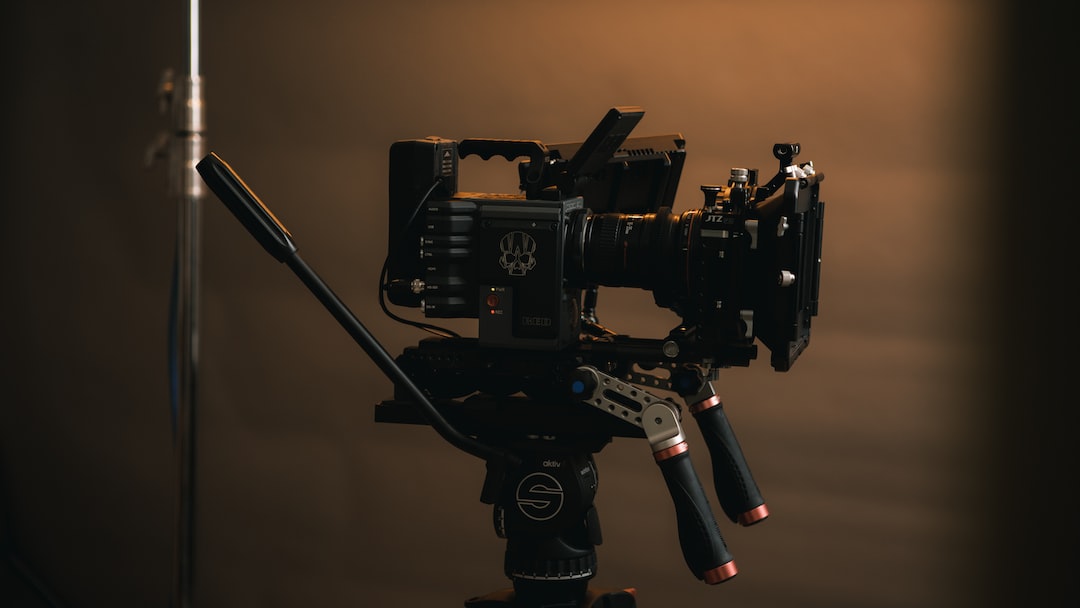In today’s digital age, where information is easily accessible and spread at an unprecedented pace, it has become incredibly important to be able to distinguish between real news and fake news. Fake news has the potential to mislead, manipulate, and even cause harm, which is why it’s crucial for us to develop the skills to spot it. In this blog post, we will explore some effective strategies to help you navigate the vast sea of information and identify fake news.
1. Verify the source: The first step in determining the credibility of a news story is to check the source. Is it a well-known and respected news outlet, or does it come from a dubious website or social media account? Reputable news sources have a track record of providing accurate and unbiased information, whereas fake news sources often lack credibility or have a clear agenda. Cross-check the information with other reliable news sources to ensure its authenticity.
2. Examine the headline: Fake news often uses sensational or clickbait headlines designed to grab attention and trigger emotional responses. Before jumping to conclusions, read the entire article and analyze whether the headline accurately reflects the content. Also, be cautious of headlines with excessive capitalization, exclamation marks, or grammatical errors, as they can be indicators of fake news.
3. Scrutinize the content: Fake news stories often lack proper evidence, sources, or quotes from credible individuals. Look for well-researched articles that present facts supported by reliable sources. If the content seems biased, one-sided, or exaggerated, it is likely that the news is fake. Furthermore, pay attention to the quality of writing and grammar mistakes, as legitimate news outlets have professional editors who ensure the accuracy and readability of their content.
4. Check the date: Fake news can often resurface and be shared as recent, current events. Always check the date of the article to verify if it is a recent news story or if it is outdated. Old stories presented as new can significantly alter the context and manipulate your understanding of the situation.
5. Investigate the author: Fake news stories are often written by anonymous or unverified authors. Try to find out more about the author, their qualifications, and their expertise on the topic. Legitimate news articles usually include the author’s name, credentials, and affiliation with reputable organizations. If the author’s identity is unknown or if they lack credibility, it raises suspicions about the authenticity of the news.
6. Fact-checking websites: There are several fact-checking websites that specialize in debunking fake news and misinformation. Websites like Snopes, PolitiFact, and FactCheck.org provide thorough analyses of news stories, highlighting the accuracy or falsehood of their claims. Before sharing a news story, take a moment to fact-check it on these platforms to ensure that it is reliable and based on verified information.
7. Be aware of personal biases: It is essential to recognize our own biases and preconceived notions that might cloud our judgment when assessing the credibility of news stories. Fake news often feeds on people’s existing beliefs or biases, providing them with stories that validate their opinions. By being aware of our own biases, we can critically evaluate news stories and avoid falling into the trap of sharing misleading information.
In conclusion, the digital age has given us instant access to an overwhelming amount of information, making it challenging to separate fact from fiction. However, by following these strategies, you can develop the skills to spot fake news and protect yourself from being misled. Remember to verify the source, scrutinize the content, fact-check using reputable websites, and be aware of your personal biases. By staying vigilant and critical, you can navigate the digital landscape with confidence and make informed decisions based on reliable information.

